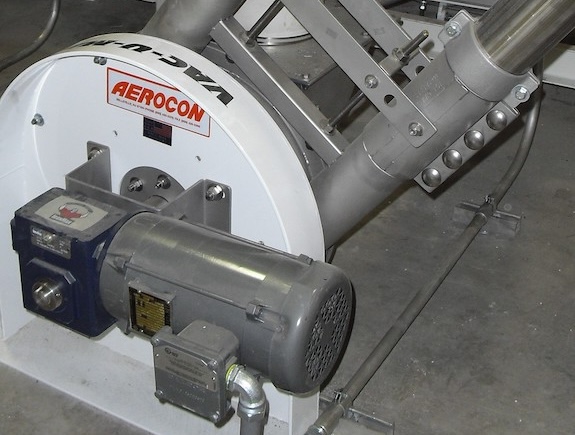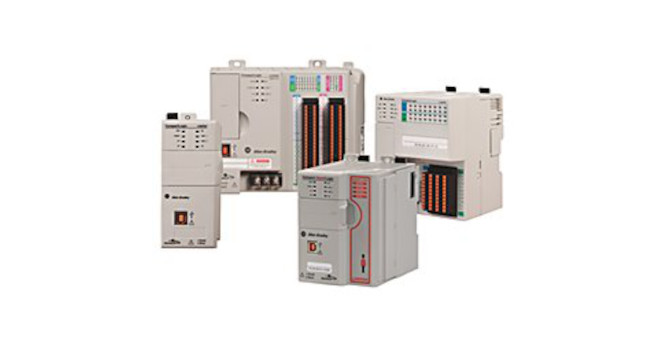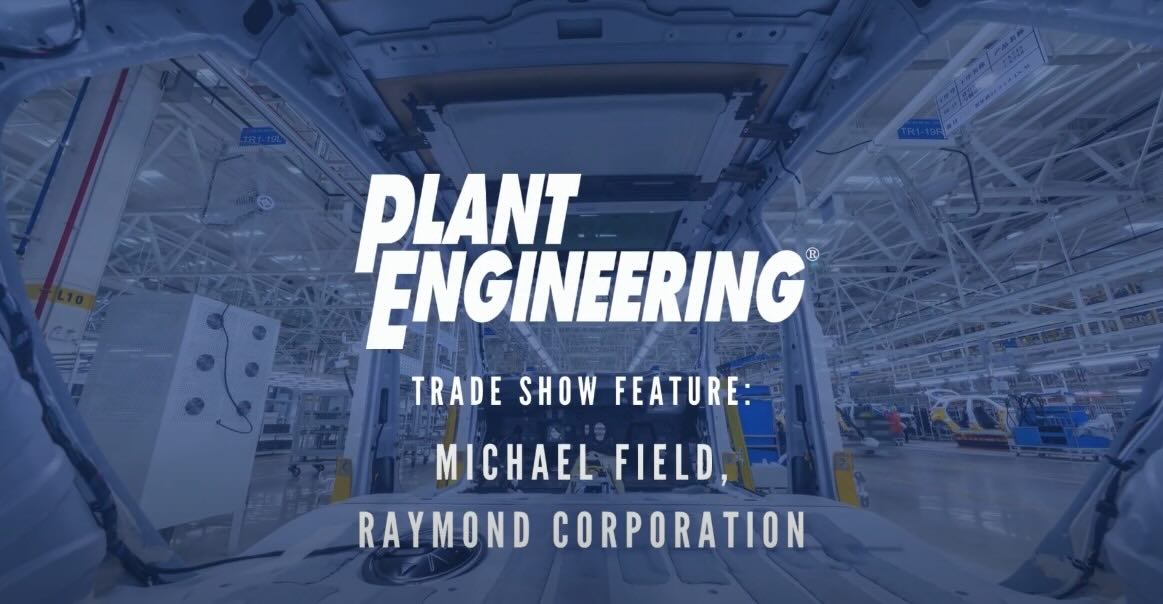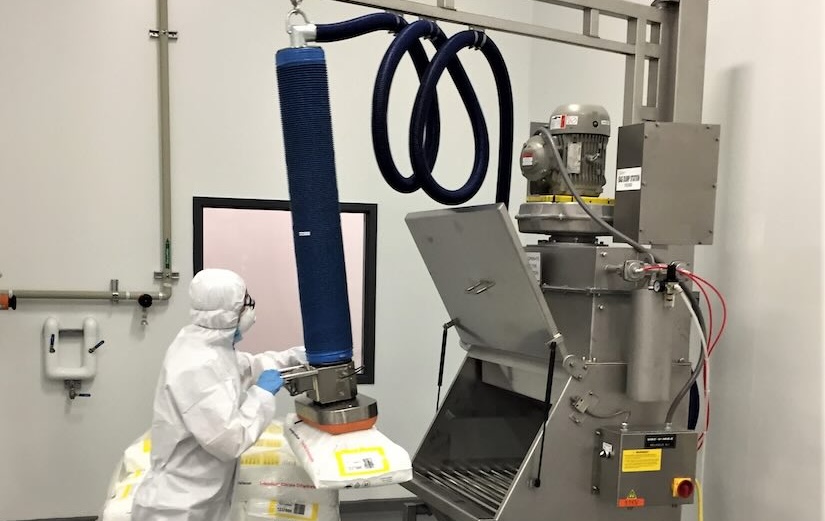Conducting a plant move is an enormous undertaking from both a mental and financial point of view. Many factors and requirements must be considered.
Plant moving insights
- Six questions must be answered before beginning a plant’s move.
- The plan should determine what you have to move, schedule for getting it to the new plant and where everything goes.
- Several specific considerations and suggestions lead to a smooth equipment and material movement.
Conducting a plant move is an enormous undertaking from both a mental and financial point of view. Many factors and requirements must be considered. It’s important to understand how to plan, execute and manage a facilities move.
Planning the groundwork
Before and after drawings of plant areas or operations are essential. Deciding where or how everything should be placed into the new facility before the move begins saves time, money and frustration. Plotting items on the layout helps ensure they can be found and moved to the correct location.
Before
Draw a scaled layout of each existing area to be moved. Show every piece of equipment, furniture, shelving, fixture, etc. Make sure it is up-to-date. Identify each item on the drawing with a unique designation.
After
Draw a scaled layout of the new area showing each piece of equipment in its new place. Check the before drawing to be sure nothing is omitted. Be sure to include any new equipment. Identify each item on the new drawing with the same unique designation used in the before layout.
Obtain a shop drawing and/or specification sheet for each piece of plant equipment. This information provides the type of unit, model number, size, weight and utility needs. On the after drawing, identify the utility hookups for each piece of equipment and know the mounting method.
Utility considerations include:
- Gas: type, pressure and British Thermal Units Per Hour (BTUH)
- Electric: voltage, phase, and current or kilowatt (kW) or kilo-volt-amperes (kVA)
- Compressed air: pressure, flow rate or pipe size
- Water: type, flow rate or pipe size; chilled or hot
- Drain: sanitary or sewer; open or closed
Conduct an onsite inspection
Check the new area near the move date. Take the utility checklist and a set of before and after drawings. There are several areas of concern.
Utilities. Are all the utilities roughed into the proper location? Is there sufficient supply for plant needs and future growth? Consider starting amperage, proper voltage, line conditioners and gas, water and airflows. Make sure there is sufficient access to the service panels and valves.
Floors. Will the floor construction support the equipment? Is it level and smooth enough? Consider drain locations and expansion cracks.
Inside environment. Is there proper lighting and ventilation? Air conditioning and heating may need adjustment if production processes give off heat. Consider the noise level in the new area and whether it may require attention. Are emergency exits properly located and accessible?
Overhead obstructions. Check for clearance of ductwork, air handlers, piping, wiring, doorway heights, and moving hoists or cranes. Consider obstacles which may not be in the way for the move, but may present a safety hazard during normal operations.
Preparing move management
The actual move plan should start with general considerations, and then move into the specifics. For example, general move requirements might include number of process lines, pieces of equipment or pallets.
Organize the general requirements into more specific groups by:
- Sequence: What moves first? What is easiest/hardest to move? What will take the longest?
- Due dates: What has to be in by when?
- Similarities: What packing or moving method can be applied to groups of equipment?
Ideally, department and product lines are moved as a group.
Develop a task list for each area or group to be moved.
1. List the details of each area’s move. Brainstorm a list of tasks which must be completed.
2. Calculate the volume and weight to be moved.
3. Estimate the start and due dates or times. Place each task into a time frame.
4. Estimate the crew size and equipment needed. Receive feedback from crew leaders.
Assign a move coordinator
A knowledgeable, competent team leader should be chosen to coordinate all activities. This individual develops a general schedule, obtains feedback from key people on a timely basis, then assigns responsibilities, dates, and resources. The team leader should conduct meetings with key people to assess progress and make decisions, publish detailed schedules, and inform personnel well in advance of the scheduled date for the move.
Most important, this person must make plans which are realistic and flexible.
Assess needs
Determine what you need to make the move.
- Do you have enough vehicles in good condition: lift trucks, trailers and carts?
- Do you have enough packing materials?
- Do you need an outside contractor to do some of the actual moving?
- Do you need any special moving equipment?
Be prepared for last-minute changes, and always have a contingency plan ready. A well-planned move has the greatest chance for success.
Six questions to ask before moving
There are six critical questions to ask before moving the plant.
- What needs to be moved? Identify all items, no matter how small or insignificant they may seem. If it moves, identify it.
- Where does it move from? All items must be shown on the Before print.
- Where does it move to? All items on the Before print must be shown on the After print. Fill new areas from back to front.
- Who moves what? Assign a person responsibility for every item or group of items.
- When does it have to be there? Timing may be critical for some items.
- How will it be moved? Have some idea how the item will be packed and secured and know how it will be transported, such as by flatbed, trailer, contractor, rental van or personal vehicle.
Nine considerations before moving
Before hauling away all of your plant’s important equipment and moving to a shiny, new location, it’s critical to consider a few things.
Here are nine things you’ll want to think about before moving.
- Shut down and purge.
- Tear down; disconnect, disassemble and tag parts for identification; clean and inspect parts; and perform preventive maintenance.
- Secure for the move; palletize and add extra bracing if needed.
- Load items onto a vehicle. Determine the trailer type, size and quantity.
- Move. Deliver pieces of large equipment in the sequence of its rebuild.
- Unload.
- Position and level. Mark machine locations on the new plant floor.
- Hook up utilities. Install valves and disconnects for servicing.
- Conduct a pilot run and debug. Conduct safety checks first.
There are also some general things to consider as your planning the move.
- Determine crews and crafts needed. Electrical, mechanical, plumbing, riggers, HVAC, welders, for example, and estimate time required for each.
- Conduct preventive maintenance while the equipment is torn down; if items are sent out for overhaul, have them delivered to the new location.
- Consider adding features, such as quick-disconnects to improve serviceability, productivity improvements and safety items.
- Contract manufacturer trained technicians to tear down, secure and set up sophisticated equipment.
- Move spare parts, preventive maintenance records, tooling and fixtures and test/calibration equipment with the machine.
- Allow time for a pilot run, startup and debugging; bring along test material and inspection equipment.
- Always use available safety precautions.
Moving material to its new home
Don’t underestimate the volume of stored material to be moved. Verify the computer report by counting the number of pallets to transport. What condition are they in? Will they survive the move? Is the product stacked neatly, so it’s easy to handle? Each pallet should be marked with its new location.
Here are some general considerations.
- Determine how to pack items for the move. The objective is to protect the product.
- Palletize everything in large boxes or quantities of the same product.
- Use a reusable transport box for small boxes and loose and bulky items.
- Use totes for small pieces or quantities.
- Have lift trucks move big loads while smaller items are being packed.
- Rent extra lift trucks for faster moving and backup equipment.
- Count and update inventory records with quantity and location as each product is moved.



